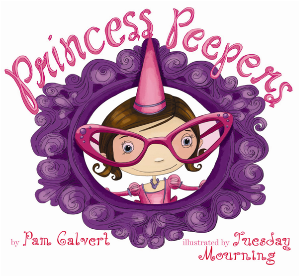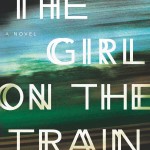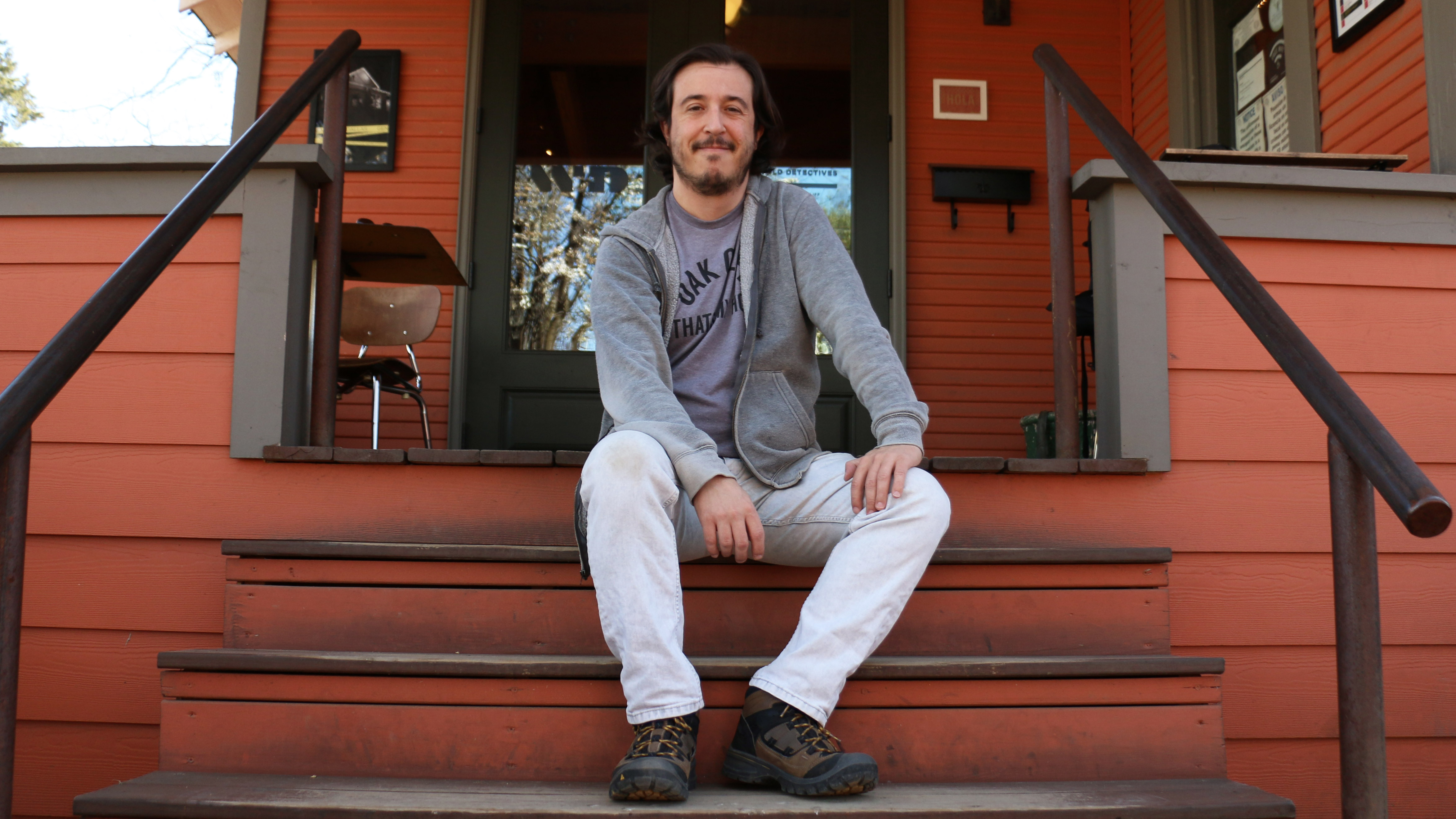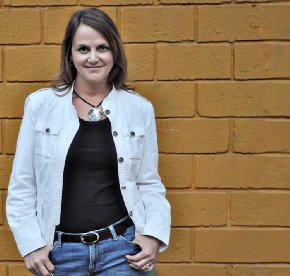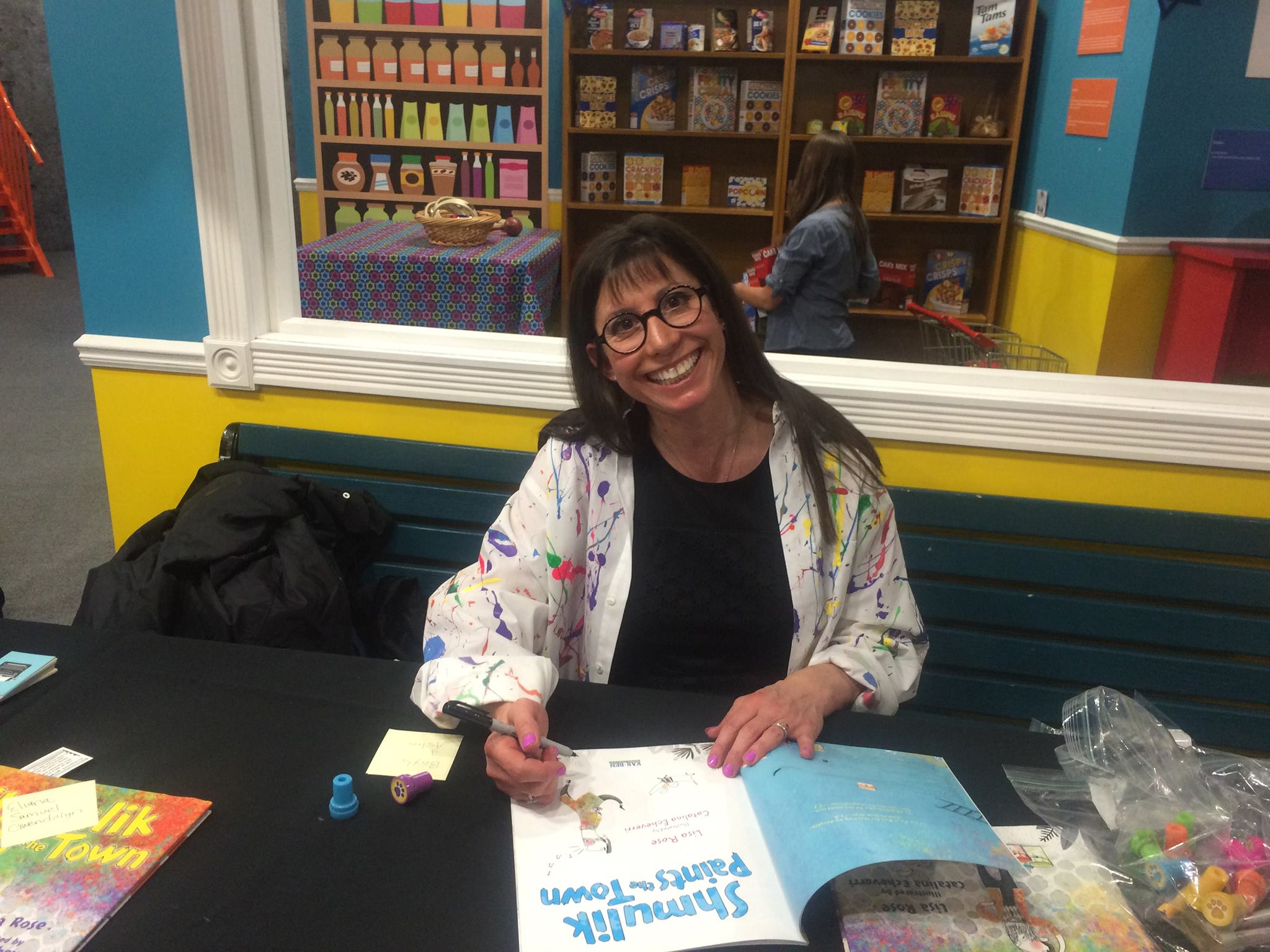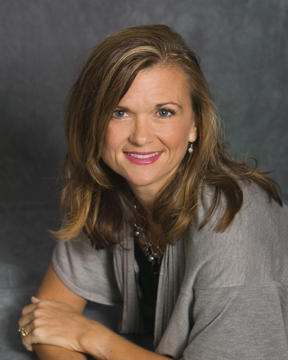 Pam is the author of the smash hit Princess Peepers. If you haven’t bought your copy yet, just hit your local Barnes & Noble or buy it here from Amazon. I hope you enjoy this wonderful interview with a brilliant author who knows exactly how to keep children entertained with words.
Pam is the author of the smash hit Princess Peepers. If you haven’t bought your copy yet, just hit your local Barnes & Noble or buy it here from Amazon. I hope you enjoy this wonderful interview with a brilliant author who knows exactly how to keep children entertained with words.
Pam, what was the first story you remember writing?
The first fiction story I wrote was in fifth grade. It was a sci fi piece about Martian Mice invading the earth. Yeah, I know. The teacher thought it was dumb, too. I got a C. LOL!
Can you remember the first encouraging comment you received about your writing?
Yes! I was so excited, I saved it in a file entitled, “acceptances and encouragements”. Previously, I’d had articles accepted, but the editors just accepted and paid me. No compliments. The first encouragement happened in 1999 and was from an editor at an international travel e-zine, http://www.iagora.com/. She said, “You write with vivid and flowing prose.” Prose? Me? That sounded so literary. Tee hee!
If you were not a writer, what would you pour your passion into?
That’s a hard question. I’d probably sign up for the drama team at our church.
What do you most love about the writing life?
I love the sheer pleasure of creating something that I know works. It might be a twist ending, a humorous scene that makes people laugh, or an interesting character. When I get the inspiration to write something unique that I think kids will want to read, the excitement is indescribable. I give the glory to God—He always helps me think of something new to write.
What is most difficult?
Editing words that I think work but others don’t. Killing off a character (meaning, an editor doesn’t like that character, so he gets cut). Making sure I write daily. Waiting on submissions. Getting rejections.
How long were you seriously submitting stories and articles before you received your first acceptance?
When I first started writing articles for running magazines, my first submission got accepted (and I got paid) and that’s how I knew I could write. For children’s writing, it took nine months. I got a fiction story accepted in Nature’s Friend magazine while I was taking ICL (Institute for Children’s Literature.) For children’s books, it took six years of submitting.
What kept you going during the times when rejections constantly visited your mailbox?
While I was in search of the elusive book contract, magazine submissions and acceptances kept me going. This was due in large part to prayer! I would get frustrated and tell God, “Hey, if you still want me to be doing this, I’m going to need more encouragement here, or I’m going to give up!” And I meant it. Usually, in three days, I’d get an acceptance or an encouragement to keep me going. Praise God! That’s why I always tell new writers to submit to magazines first if the frustration of book publishing is overwhelming. A small acceptance can really boost you mentally and keep you writing.
What advice would you give writers who are closing in on the 100 rejection mark without an acceptance of any sort?
If they’ve only submitted to book publishers, I’d advise looking into the magazine market. If they haven’t gotten an acceptance in magazines after many rejections, they should see if they can improve their writing. They should also look at the market and evaluate what unique idea or story they could contribute.
A lot of my success is due to the fact that I know the children’s market. I read TONS of books in the genres that I write. I read no less than 300 Highlights stories when I wanted to write for Highlights. I read no less than 200 picture books before I sold one. I analyzed what elements I liked and what made those stories brilliant and tried to incorporate that into my books. I also took classes to improve my writing. I studied humor, which helped me sell almost all of my books. Humor is something people don’t often do or do well. I was not a master at it. In fact, I had one editor tell me I didn’t do humor well in a rejection letter. Ouch! I set out to prove him wrong and am happy to report there are many editors and children who would disagree with that first assessment. There wasn’t anything wrong with his opinion—I didn’t do it well at the time, but I went out and found funny books and analyzed how they made people laugh.
So, I believe writers should find their strengths and determine to be a master at it, always improving, and eventually, they’ll meet with success as long as they don’t give up.
How did family and friends view your writing before they could actually hold your book in their hands?
Most family members were positive and always asked how I was doing with it. They liked reading my work. My kids especially have been my cheerleaders. My husband has always been encouraging but he viewed writing more as a hobby until I started making money that actually helped out our income.
How often do you write?
When I’m doing a first draft of a novel, I write every day that I can which equates to about three to four days a week, sometimes more. My sessions last from three to seven hours. When I’m finished with a project, I will take a break from writing and start marketing the work for a few weeks until another idea nudges me back to the computer. I usually don’t stop writing for more than a month in between projects.
How many total stories have you written? Even count those that you’ll never show anybody.
20 short stories, 4 easy readers, 16 picture books, 1 chapter book, 3 novels. Total: 44.
Do you break or have you broken any conventional rules of picture book writing?
I had to for my math adventures—they are over 1000 words—between 1500 and 1800, although I think we are going to cut them down in future editing.
Do you write for the market or just for yourself? What would you suggest to aspiring writers?
I do both and I don’t think you can separate either one if you are going to be successful. How many people are going to buy another Harry Potter story? Even if it’s brilliantly written, that author will probably not sell. A writer needs to know the market and see what they can write that hasn’t been done before or gives a new slant on an old theme. They also need to write what they are passionate about. The combination will create success.
Are there certain types of picture books you prefer to write? Educational? Humorous? Sentimental?
All of my picture books have an element of humor in them. Four of them have an educational slant and the rest are just humorous or whimsical books. I’m not very good at sentimental. Tee hee!
Can you list some of your favorite picture books as a child?
My very favorites were Where the Wild Things Are by Maurice Sendak, The Little House by Virginia Lee Burton, Petunia by Roger Duvoisin, and all the fairytale classics.
Were there certain picture books that influenced you as you first pursued publication?
YES! What are You So Grumpy About? By Tom Lichtenheld, Click, Clack, Moo by Doreen Cronin, My Last Chance Brother by Amy Axelrod, Math Curse by Jon Scieszka. In fact, all of Jon Scieszka’s work has influenced me greatly. I’m also indebted to the genius of Cindy Neuschwander’s Sir Cumference series. Her books taught me how to put together a math adventure, and I was lucky enough to get her illustrator, Wayne Geehan for some of my books!
I love your website. It oozes with friendliness. You make it clear that you are willing to help others. Is there a typical way you like to be approached by aspiring writers?
Unfortunately, I had a stalking situation, so I’ve had to pull back my offer to help aspiring writers on my website, but if they read this interview and have a question, they may email me through my website. I love to talk with aspiring writers at conferences, giving them encouragement that they might not get from a critique or an editor who says the picture book market is down. I’ve been in their shoes and I want to tell them that if I could sell, they can!
As a person of faith, do you write any Christian picture books?
I wrote three, very awful Christian picture books that met with some remarkably encouraging rejection letters (Believe me, these editors were being nice!) After that, I focused on magazines and sold to Guideposts for Kids, a Christian children’s magazine that has since closed. I wrote a Christian novel and almost sold it to Zonderkidz, but the editor who liked it was laid off, along with my project and she basically told me Zonderkidz wasn’t interested in “unknown” writers—they only wanted existing CBA authors or famous people. So, I’ve given that market up until God opens the door somehow.
Finally, Can you share with us something about you nobody else may know?
I just got a cute, little toy fox terrier puppy! I was raised with this type of dog and it’s taken me 18 years of marriage to finally get one. Tee hee! Her name is Bonnie, named after Blue Bonnet, the state flower of Texas–my home state!
Thank you Pam for your time, your answering so many questions, and your passion for writing!
Look for Pam’s latest book Princess Peepers online or at your local book store today!!!
Reviews are in for Princess Peepers!
- “…rollicking good fun…the ironic denoument is bound to please princess fans and their practical parents alike.” –Kirkus Reviews, Aug. 1, 2008
- “Princess Peepers will circulate well and bring laughs during storytime.”–School Library Journal, Oct. 1, 2008
- “A sure hit with fans of Fancy Nancy and Pinkalicious.” –Children’s Literature
- “…the story feels fresh throughout—no easy feat for a princess book.” –Horn Book Guide
Visit her livejournal page by clicking here.
